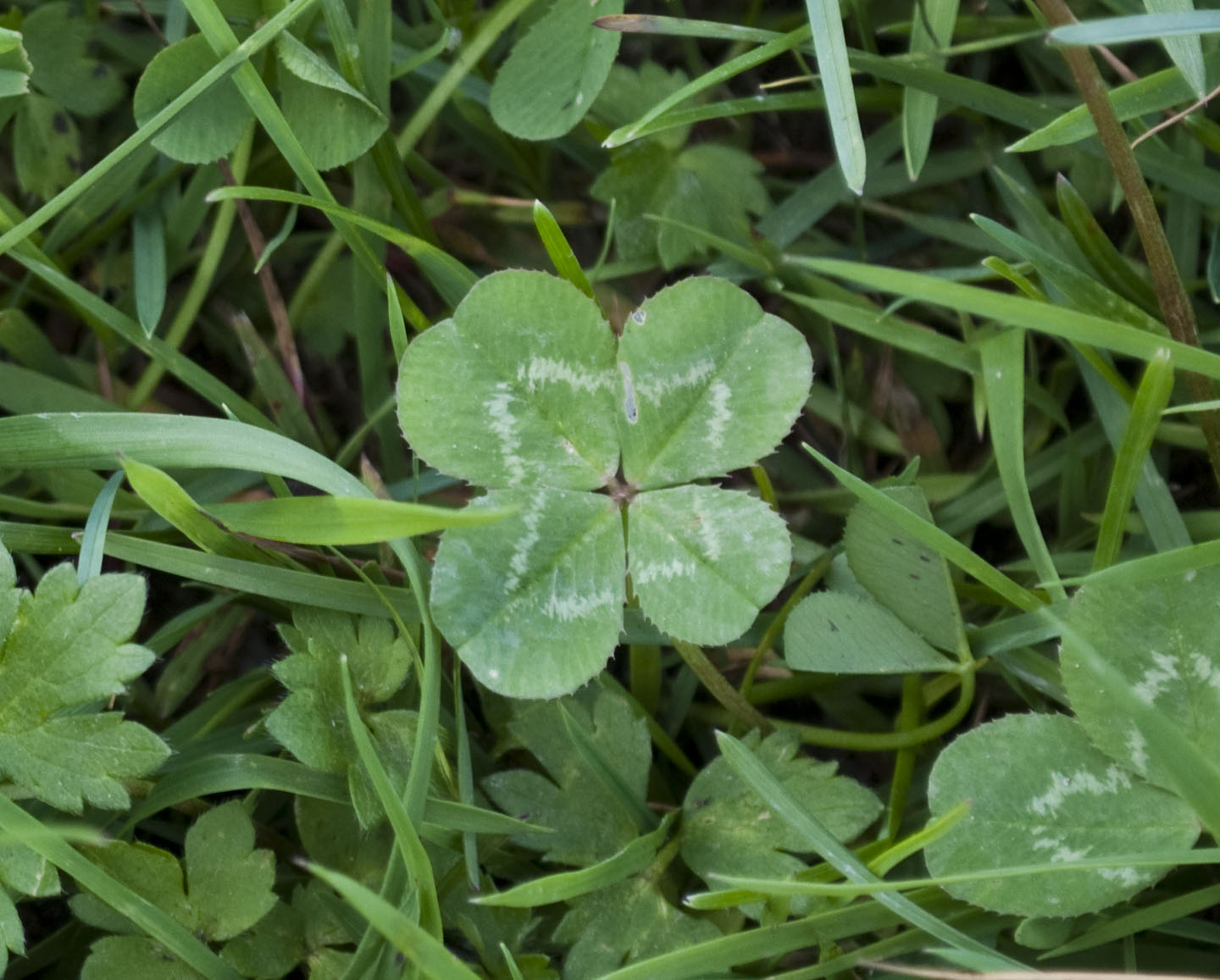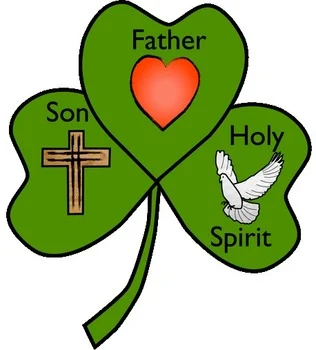The Winnipeg Jets take on the Boston Bruins at Canada Life Centre tonight at 7:00pm. The Jets are coming home after a three game road trip which saw them winning two games in the Sunshine State and losing 5-3 at the hand of the Carolina Hurricanes. This leaves the team with a record of 38-27-3 on the season and 3-5-2 in their last ten games. The Bruins, who lead the league with a record of 50-11-5, have lost their last two games, a 5-3 defeat against the Detroit Red Wings and a 6-3 loss to the Chicago Blackhawks. Boston is now 7-3-0 in their last ten games. Can the benching of Mark Scheifele and Kyle O'Connor by Bones put some fire in their shelleighlies or does the luck of the Irish no longer apply to them? Do the Bruins have a four-leafed clover up their asses or are they really that good? Will @The Blue Baron turn green with envy or will @John Agar find that pot of gold at the end of the rainbow? These questions and many more await us tonight...

Well, St. Patrick's Day is once again upon us, and while it is usually celebrated on March 17th every year, we're going to celebrate it one day early here on HFJets with the latest instalment of...

Much of what is known about St. Patrick's life has been interwoven with folklore and legend. Historians generally believe that St. Patrick, the patron saint of Ireland, was born in Britain (not Ireland) near the end of the 4th century. At age 16 he was kidnapped by Irish raiders and sold as a slave to a Celtic priest in Northern Ireland. After toiling for six years as a shepherd, he escaped back to Britain. He eventually returned to Ireland as a Christian missionary.

Among the legends associated with St. Patrick is that he stood atop an Irish hillside and banished snakes from Ireland—prompting all serpents to slither away into the sea. In fact, research suggests snakes never occupied the Emerald Isle in the first place. There are no signs of snakes in the country’s fossil record. And water has surrounded Ireland since the last glacial period. Before that, the region was covered in ice and would have been too cold for the reptiles.

The red-haired, green-clothed Leprechaun is commonly associated with St. Patrick’s Day. The original Irish name for these figures of folklore is “lobaircin,” meaning “small-bodied fellow.” Belief in leprechauns likely stems from Celtic belief in fairies— tiny men and women who could use their magical powers to serve good or evil. In Celtic folktales, leprechauns were cranky souls, responsible for mending the shoes of the other fairies.

The shamrock, a three-leaf clover, has been associated with Ireland for centuries. It was called the “seamroy” by the Celts and was considered a sacred plant that symbolized the arrival of spring. According to legend, St. Patrick used the plant as a visual guide when explaining the Holy Trinity. By the 17th century, the shamrock had become a symbol of emerging Irish nationalism.

While people in Ireland had celebrated St. Patrick since the 1600s, the tradition of a St. Patrick’s Day parade began in America and actually predates the founding of the United States. Records show that a St. Patrick’s Day parade was held on March 17, 1601 in a Spanish colony in what is now St. Augustine, Florida. The parade, and a St. Patrick’s Day celebration a year earlier were organized by the Spanish Colony's Irish vicar Ricardo Artur. More than a century later, homesick Irish soldiers serving in the English military marched in Boston in 1737 and in New York City on March 17. Enthusiasm for the St. Patrick’s Day parades in New York City, Boston and other early American cities only grew from there.

The meal that became a St. Patrick’s Day staple across the country—corned beef and cabbage—was an American innovation. While ham and cabbage were eaten in Ireland, corned beef offered a cheaper substitute for impoverished immigrants. Irish-Americans living in the slums of lower Manhattan in the late 19th century and early 20th, purchased leftover corned beef from ships returning from the tea trade in China. The Irish would boil the beef three times—the last time with cabbage—to remove some of the brine.

Wearing green has become a staple of St. Patrick’s Day, but the holiday was originally associated with the color blue. It’s thought that the shift to green happened because of Ireland’s nickname “The Emerald Isle,” the green in the Irish flag and the shamrock, or clover. Green ribbons and shamrocks were worn as early as the 17th century.

Chicago began its annual tradition of turning the Chicago River green on St. Patrick's Day in 1962. The river is dyed with 40 pounds of environmentally friendly dye, which keeps the river green for four to five hours.

This was another interesting St Patrick’s day fact. Did you know the odds of finding a four-leaf clover are about 1 in every 10000. Four-leaf clovers are associated with luck, whereas shamrocks have religious ties.

Before millions of pints of Guinness were consumed, St. Patrick's Day was a non-drinking religious day. In Ireland, it didn’t become an official Irish public holiday until 1903 with the introduction of the Bank Holiday (Ireland) Act 1903. This act was introduced by Irish Member of Parliament James O’Mara, who was also responsible for the law that required the closing of pubs on March 17. Yes, the closing of pubs! Until the 1970s, Irish law prohibited pubs from opening on March 17 as a mark of respect for this religious day. Oh, how times have changed!

St Patrick used a shamrock to teach the pagans about the Holy Trinity. The Shamrock is now the official flower of Ireland. It is associated with St Patrick’s. The harp is the official symbol of Ireland.
St. Patrick allegedly used the three-leaf clover to teach Christianity as he travelled around Ireland. He said the leaves illustrated the Father, Son and the Holy Spirit of the Holy Trinity.
It is possible that St Patrick knew the importance of the number 3 to the Celts and used the Shamrock to explain the Holy Trinity. I.e. The Father, Son and Holy Spirit.

I wish you all a safe and Happy St. Patrick's Day! Go Jets Go!

Thanks to: https://www.history.com/news/st-patricks-day-facts, https://parade.com/1006852/kelseypelzer/st-patricks-day/, The 15 Most Interesting St. Patrick’s Day Facts - ProFlowers Blog and https://irisharoundtheworld.com/st-patricks-day-facts/

Well, St. Patrick's Day is once again upon us, and while it is usually celebrated on March 17th every year, we're going to celebrate it one day early here on HFJets with the latest instalment of...
Much of what is known about St. Patrick's life has been interwoven with folklore and legend. Historians generally believe that St. Patrick, the patron saint of Ireland, was born in Britain (not Ireland) near the end of the 4th century. At age 16 he was kidnapped by Irish raiders and sold as a slave to a Celtic priest in Northern Ireland. After toiling for six years as a shepherd, he escaped back to Britain. He eventually returned to Ireland as a Christian missionary.

Among the legends associated with St. Patrick is that he stood atop an Irish hillside and banished snakes from Ireland—prompting all serpents to slither away into the sea. In fact, research suggests snakes never occupied the Emerald Isle in the first place. There are no signs of snakes in the country’s fossil record. And water has surrounded Ireland since the last glacial period. Before that, the region was covered in ice and would have been too cold for the reptiles.

The red-haired, green-clothed Leprechaun is commonly associated with St. Patrick’s Day. The original Irish name for these figures of folklore is “lobaircin,” meaning “small-bodied fellow.” Belief in leprechauns likely stems from Celtic belief in fairies— tiny men and women who could use their magical powers to serve good or evil. In Celtic folktales, leprechauns were cranky souls, responsible for mending the shoes of the other fairies.

The shamrock, a three-leaf clover, has been associated with Ireland for centuries. It was called the “seamroy” by the Celts and was considered a sacred plant that symbolized the arrival of spring. According to legend, St. Patrick used the plant as a visual guide when explaining the Holy Trinity. By the 17th century, the shamrock had become a symbol of emerging Irish nationalism.

While people in Ireland had celebrated St. Patrick since the 1600s, the tradition of a St. Patrick’s Day parade began in America and actually predates the founding of the United States. Records show that a St. Patrick’s Day parade was held on March 17, 1601 in a Spanish colony in what is now St. Augustine, Florida. The parade, and a St. Patrick’s Day celebration a year earlier were organized by the Spanish Colony's Irish vicar Ricardo Artur. More than a century later, homesick Irish soldiers serving in the English military marched in Boston in 1737 and in New York City on March 17. Enthusiasm for the St. Patrick’s Day parades in New York City, Boston and other early American cities only grew from there.

The meal that became a St. Patrick’s Day staple across the country—corned beef and cabbage—was an American innovation. While ham and cabbage were eaten in Ireland, corned beef offered a cheaper substitute for impoverished immigrants. Irish-Americans living in the slums of lower Manhattan in the late 19th century and early 20th, purchased leftover corned beef from ships returning from the tea trade in China. The Irish would boil the beef three times—the last time with cabbage—to remove some of the brine.

Wearing green has become a staple of St. Patrick’s Day, but the holiday was originally associated with the color blue. It’s thought that the shift to green happened because of Ireland’s nickname “The Emerald Isle,” the green in the Irish flag and the shamrock, or clover. Green ribbons and shamrocks were worn as early as the 17th century.
Chicago began its annual tradition of turning the Chicago River green on St. Patrick's Day in 1962. The river is dyed with 40 pounds of environmentally friendly dye, which keeps the river green for four to five hours.

This was another interesting St Patrick’s day fact. Did you know the odds of finding a four-leaf clover are about 1 in every 10000. Four-leaf clovers are associated with luck, whereas shamrocks have religious ties.

Before millions of pints of Guinness were consumed, St. Patrick's Day was a non-drinking religious day. In Ireland, it didn’t become an official Irish public holiday until 1903 with the introduction of the Bank Holiday (Ireland) Act 1903. This act was introduced by Irish Member of Parliament James O’Mara, who was also responsible for the law that required the closing of pubs on March 17. Yes, the closing of pubs! Until the 1970s, Irish law prohibited pubs from opening on March 17 as a mark of respect for this religious day. Oh, how times have changed!

St Patrick used a shamrock to teach the pagans about the Holy Trinity. The Shamrock is now the official flower of Ireland. It is associated with St Patrick’s. The harp is the official symbol of Ireland.
St. Patrick allegedly used the three-leaf clover to teach Christianity as he travelled around Ireland. He said the leaves illustrated the Father, Son and the Holy Spirit of the Holy Trinity.
It is possible that St Patrick knew the importance of the number 3 to the Celts and used the Shamrock to explain the Holy Trinity. I.e. The Father, Son and Holy Spirit.

I wish you all a safe and Happy St. Patrick's Day! Go Jets Go!


Thanks to: https://www.history.com/news/st-patricks-day-facts, https://parade.com/1006852/kelseypelzer/st-patricks-day/, The 15 Most Interesting St. Patrick’s Day Facts - ProFlowers Blog and https://irisharoundtheworld.com/st-patricks-day-facts/


















